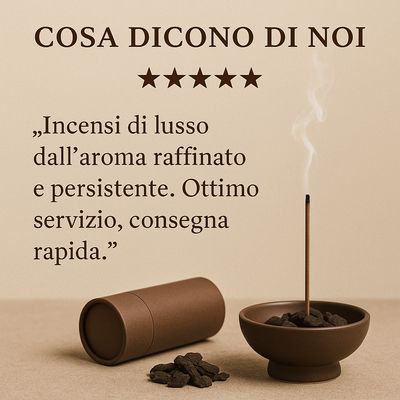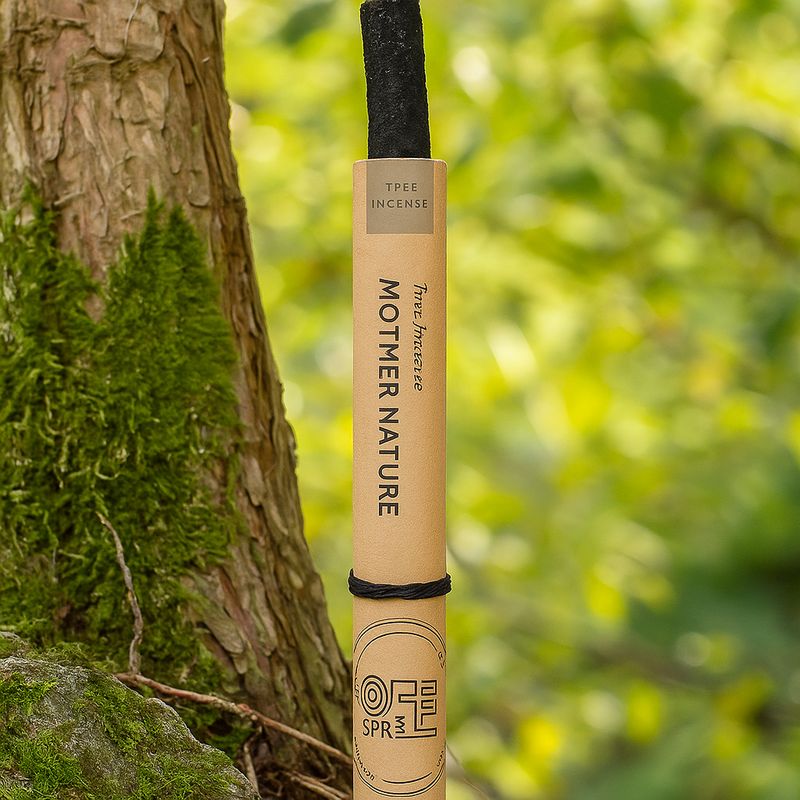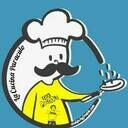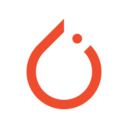Missione GenjikoSelezioniamo incensi e prodotti naturali etici, sostenibili e privi di sostanze nocive.Ogni fragranza è scelta con cura, secondo la filosofia del kōdō – la Via dell’Incenso – per portare armonia negli ambienti e nei momenti importanti della vita.
© Genjiko








